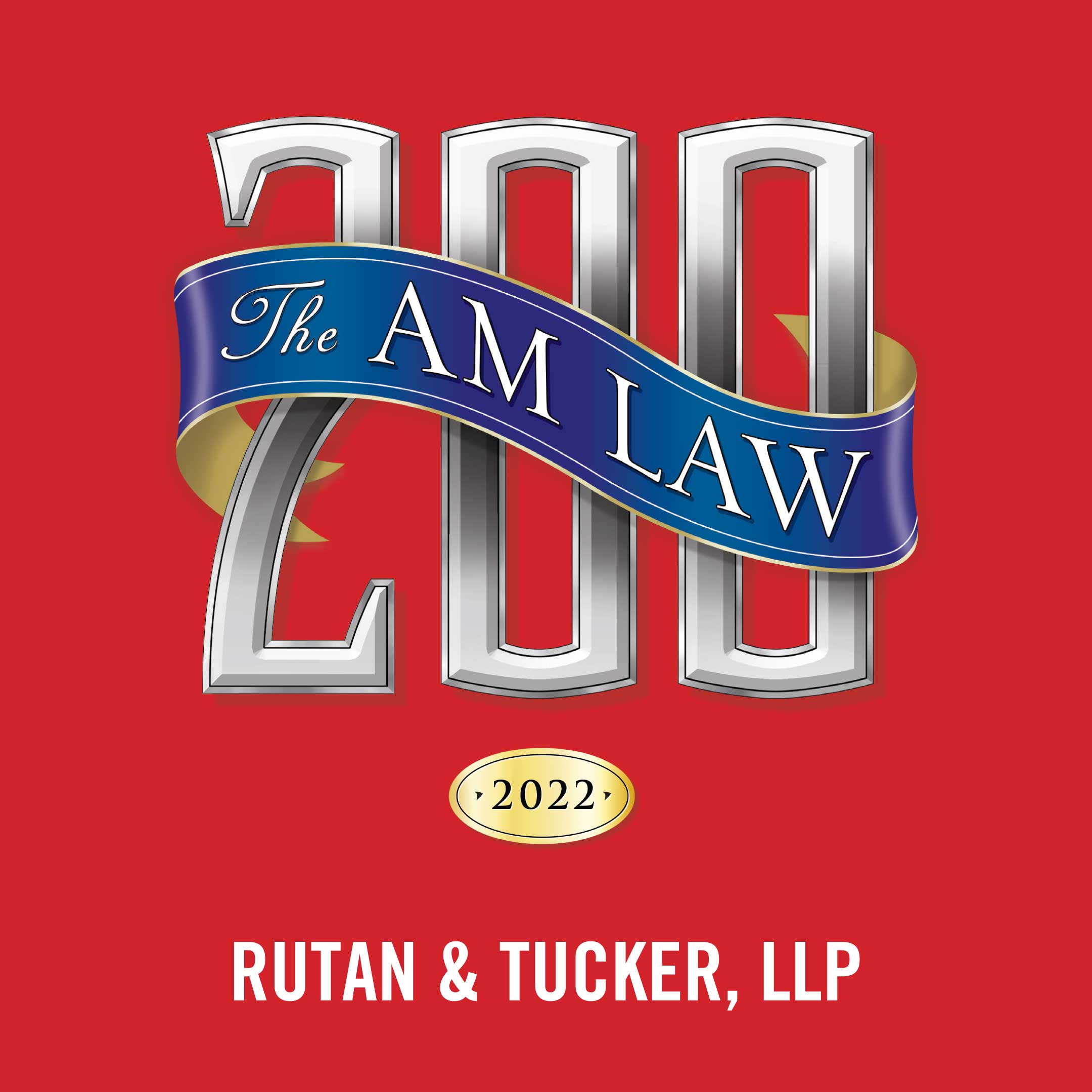Business of Law Magazine 2023 – LA Times
A brand distinguishes your company or your goods or services from others –trademarks are intellectual property that protects valuable brand recognition.
While business owners have a lot to manage in providing valuable goods and services in the first place and then marketing to customers, evaluating the names, slogans, and images that make up your brand from a trademark protection perspective is critical.
In particular, giving some thought to what makes your brand unique – and partnering with experienced trademark counsel early on in that process to protect those unique aspects as trademarks – can pay off and avoid pitfalls down the line.
For the busy reader, here is a helpful acronym (TIPS) for how to approach trademark protection:
Think distinctive
Investigate the marketplace
Protect what’s unique
Seek sound advice
Because strong trademarks are fundamental to eliciting, maintaining and potentially monetizing the goodwill of a brand, every business owner can benefit from implementing these steps.
(1) Think Distinctive
One goal of a trademark is to tell consumers a given product or service comes from a particular source, so the strongest trademarks help consumers distinguish your brand from others on the marketplace. Any number of words or symbols (and even colors, smells or sounds) can be a trademark, so long as they serve “to identify and distinguish” you from your competitors per the Trademark/Lanham Act. For example, Farmers Insurance has trademarked not only their name but also the slogan “We are Farmers” and the accompanying jingle. The first step to trademark protection, then, is to think creatively about what makes your products or services stand out.
A unique name is a great starting place and has some obvious benefits as a potential trademark. For one, a name that is not being used by others will stand out from what else is on the market. Ideally, you could come up with a completely new word, as “Pepsi” did for soda, or apply a word that already exists to something that it’s not normally used for, like “Apple” did for computers. In trademark law, we refer to these kinds of “fanciful” (i.e. made-up) and “arbitrary” (i.e. cross-applied) marks as having the most “conceptual” strength, as distinguished from “commercial” strength. A conceptually strong trademark is one that will stand out the most in the marketplace based on the name alone.
(2) Investigate The Marketplace
The next step after brainstorming words, slogans, imagery, etc. that will stand out is to check to make sure the trademarks you have come up with are, in fact, not being used by others. Early on in the process, you can check the United States Patent and Trademark Office’s (“USPTO”) public registry (tmsearch.uspto. gov) for business names registered in the state(s) in which you plan to do business, as well as run internet searches to see what else may be in the marketplace, just not registered.
It is important to remember that even unregistered trademarks will have priority – and potentially be able to sue you for infringement – if you start using the same or a similar trademark. As such, it is best to have a trademark lawyer or clearance service conduct a comprehensive search.
(3) Protect What’s Unique
Once you come up with a distinctive trademark and make sure it is not being used by others, you can protect it by registering it, using it, and making sure others do not use it. You can seek to register a trademark even before you start using it by filing an “intent to use” application with the USPTO, which secures your priority date as of when you filed the application. Even without registering a trademark, it will be protected as of the date you start using it in commerce, so you want to keep track of that date and evidence related to it, such as sales documents. But registering a trademark with the USPTO provides additional legal rights, making it easier to enforce your rights against infringers and to license your trademark to others.
What should you seek to register as a trademark? Again, potentially anything can serve as a trademark, but to ensure your application is successful – and the resulting trademark is as useful as possible – look to register what is most distinctive about your brand. While you can build up the commercial strength of a trademark over time by investing in marketing, the conceptual strength of a mark is basically fixed when you apply for it. A distinctive trademark is more likely to be registered, while one that is too descriptive of a product or service may not even function as a trademark at all. This makes it all the more important to select and seek to protect a conceptually strong mark from the start.
(4) Seek Sound Advice
Ultimately, there is no substitute for sound trademark advice from an experienced practitioner, ideally providing strategic insights for the long term based on understanding your brand and overall business. This article cannot provide that kind of tailored legal advice, but it is designed to give brand owners an overview of key steps to building a strong brand from a trademark law perspective. Make sure to seek help from a practitioner who has experience applying for trademarks to make sure your application is not held up, and that your mark is as valuable as possible when registered.
Download a copy HERE.



